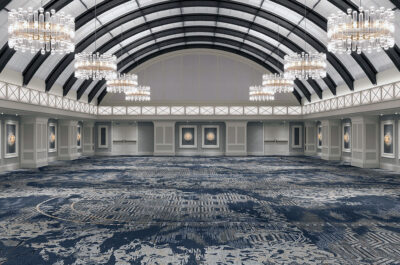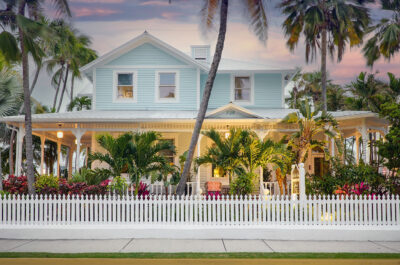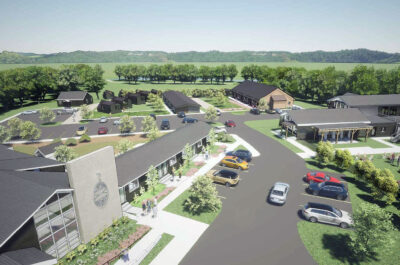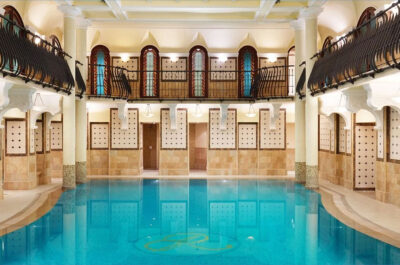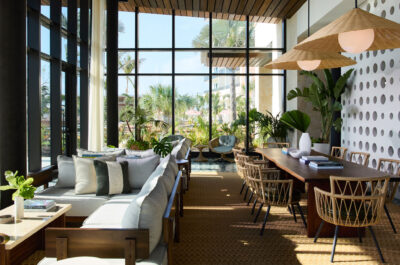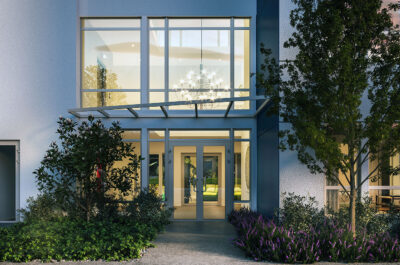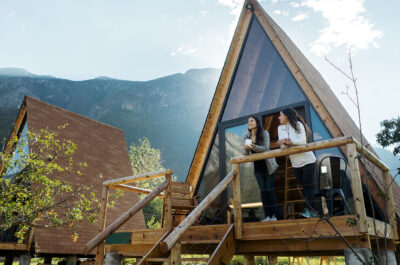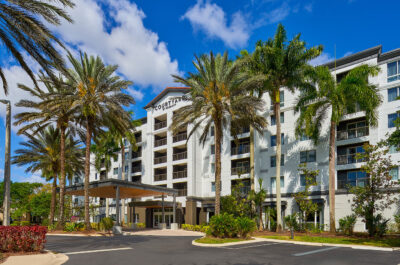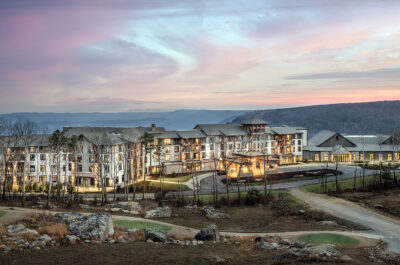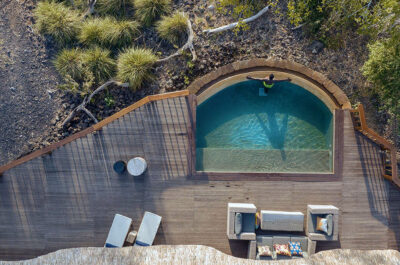Summer houses are typically smaller than log cabins and used for socialising, entertaining or simply enjoying your garden all year round.
If you’re lucky enough to have a large garden, then you may want to make the most of it by adding some additional living space. There are multiple options for those looking to add an extra indoor space to their garden, including building a summer house or log cabin. Before you go ahead, however, you’ll need to know what this will involve and what exactly is the difference between a summer house and a log cabin.
What is a summer house
A summer house in this context is an outdoor garden structure with glazed windows and doors to make the most of natural light in your garden, as well as a tiled or felt roof to keep you dry no matter what the Great British weather may be doing!
A summer house can create a focal point in your garden, as well as provide added living or storage space to your home. Some people choose to build a summer house for a specific purpose, for example, as a hobby room to write, play music or do crafts, whereas for others a summer house is used to relax and entertain guests during garden parties and barbecues.
In the UK, summer houses don’t normally require planning permission but as always, there are exceptions to the rule, so you should always check before you go ahead with building your summer house.
Summer houses come in many shapes, sizes, styles and colours. The type you choose will depend on the space you have available in your garden, what you want to use it for, your budget and whether or not you’ll need planning permission for your summer house.
What is a log cabin
Log cabins in some form or another have been around since the Bronze Age. Thanks to their straightforward construction and use of relatively cheap, easy-to-come-by materials, log cabins were a popular dwelling throughout the world for many centuries, and even in our modern world, they have retained their appeal and rustic charm.
Log cabins are typically built with thicker and heavier walls than a summer house, using high-grade, dense timber, such as Nordic Spruce. This is to prevent warping, and also because the thickness of the logs provides increased insulation.
Log cabins can be built in any size but are usually larger than a summer house, making them perfect if you’re looking to add living space, such as a games room, home office or home gym to your garden.
Depending on the size and placement of the log cabin in your garden, you may also need to seek planning permission before construction begins.
Key differences between the two
Both summer houses and log cabins are constructed from timber. However, whereas summer houses are usually built using shiplap or tongue and groove cladding, log cabins, as their name suggests, are built using logs, which gives them their distinctive appearance both on the exterior and interior.
Summer houses are typically smaller than log cabins and used for socialising, entertaining or simply enjoying your garden all year round. Though they are sometimes used as hobby rooms, unlike a log cabin, they aren’t large enough to use as, say, for example, a home gym or somewhere for guests to stay overnight.
Though both summer houses and log cabins can be used all year round, a summer house will be cold during the winter months, due to the way it’s constructed and the materials used, whereas a log cabin is designed to stay warm no matter what the temperature outside.
One thing that both summer houses and log cabins have in common is that they’re both an excellent way to create extra living space in your garden.













































































































































